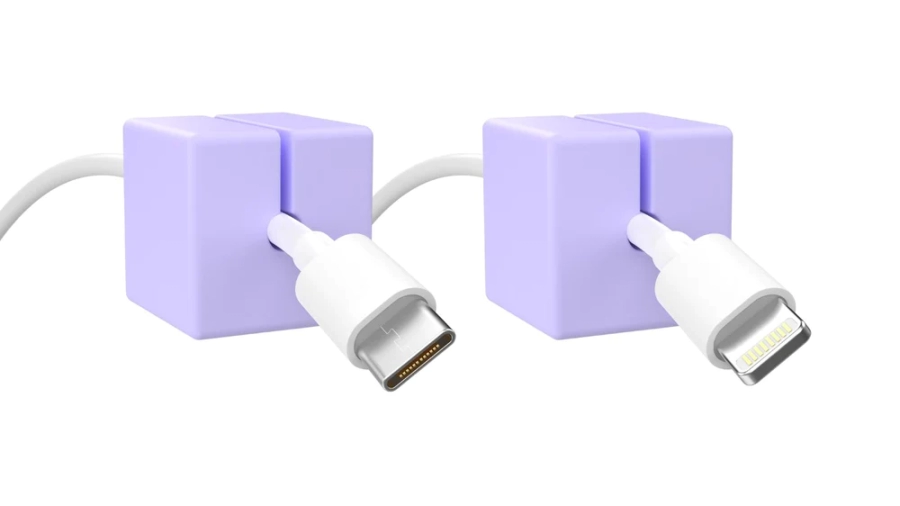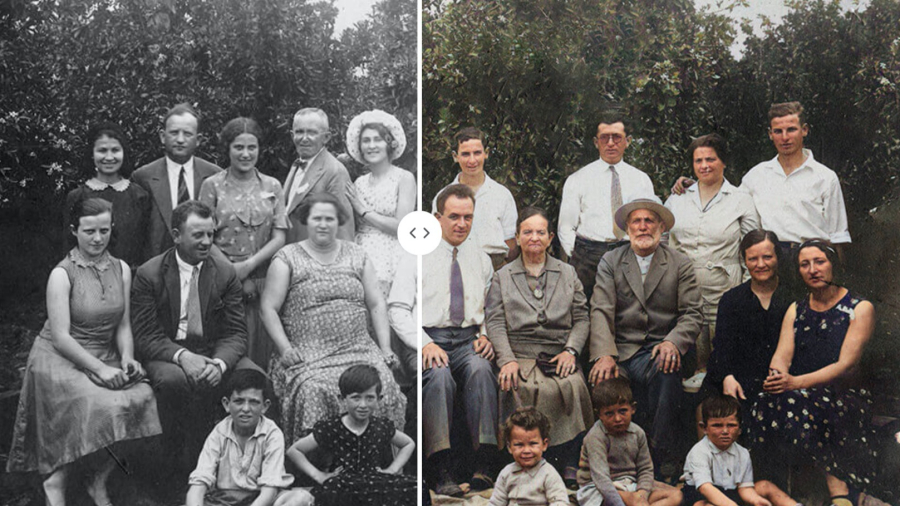How you collect, store, and process data determines whether you get actionable insights or unreliable results that can lead you wrongfully. This is especially critical in business intelligence (BI), where you need reliable data with powerful insights for informed decision-making. Strong data governance policies and procedures are, therefore, not a suggestion but a necessity.
Through this robust governance structure, you can effectively enhance your cybersecurity practices. It is a consistent approach that protects and secures your data. Therefore, combining business intelligence and data governance strategies ensures regulatory compliance, data quality, efficiency, and trust in analytical processes.
Today, we look at how business intelligence professionals use data governance to optimize business processes. But first, we need to start with the basics – what is data governance in business intelligence? Read on to discover how data governance enables businesses to harness the full power of their information assets.
What is data governance in business intelligence?
In business intelligence, data governance encompasses the overall management of the usability, availability, security, and integrity of the data employed within an organization. It includes everything from processes and policies that define how data is collected to how it is validated and used within the business. The primary goal is to ensure that the collected data is accurate, reliable, consistent, and promptly available to business intelligence professionals.
However, data governance and business intelligence rely heavily on real-time data. Real-time data provides the most current business intelligence for better and faster decisions. This makes it easier for businesses to address rapidly changing market and customer demands, thus safeguarding their interests.
Organizations are, therefore, constantly looking for data-minded professionals who can tap into the potential of real-time business intelligence. One way to prepare for this career path is to pursue an online Doctorate of Business Administration in Business Intelligence to learn the management and technological aspects of developing and using data to support advanced decision-making. Professionals who learn to leverage data for business intelligence will stand out from those who haven’t earned a comparable degree.
Optimizing the business process with data governance
The effectiveness of professionals in the evolving realm of business intelligence hinges on robust governance practices. Below, we take an in-depth look at the critical role of data governance in empowering business intelligence professionals to transform raw data into actionable insight.
Quality assurance
Quality assurance (QA) in business intelligence is a meticulous process that guarantees the reliability and accuracy of insights drawn from collected data. BI professionals have to leverage several approaches to ensure they uphold data integrity. Doing this is a critical step in ensuring data used in BI tools is correct, thus leading to better decision-making.
For starters, BI professionals rigorously validate data at every stage. The validation process includes checking for consistency, completeness, conformity to predefined rules, and accuracy. Doing this ensures the collected information aligns with business requirements and predetermined standards.
Business intelligence professionals equally deploy complex tools to detect errors or anomalies within the data. This is a critical step in pursuing precision because all errors are rectified immediately. Therefore, maintaining the overall quality of the dataset enhances accuracy and reliability.
BI professionals also continuously monitor data sources and business intelligence systems. After all, quality assurance is an ongoing process that always needs close supervision. These BI professionals can identify any inconsistencies or deviations by performing regular checks and audits to ensure sustained data quality.
Apart from constant monitoring, business intelligence professionals have to adhere to standardized data governance frameworks. These frameworks provide a more structured approach that defines and enforces the data quality standards. Therefore, they help incorporate industry standards and best practices to elevate the overall quality of business intelligence-generated insights.
Finally, BI professionals ensure comprehensive documentation of the data quality process. Doing this helps foster traceability and transparency, which enhances accountability within the data governance framework. Equally, it provides a clear audit trail should there be any problems with the system or a need for historical data.
Data integration and collaboration
Business intelligence professionals constantly navigate the complexities of drawing insights from various sources into actionable narratives. They must harness data governance to ensure a unified approach to decision making. Doing this helps reduce redundancy, which leads to cost savings and quicker insights generation.
BI professionals use data governance to integrate datasets from different sources. These include external APIs, internal databases, and third-party platforms. Through the data governance protocols, they can align disparate datasets and ensure a more seamless amalgamation process.
Through meticulous data governance, business intelligence professionals create more unified and accurate data models. These serve as the foundation for analysis and reporting within different units in an organization. Equally, unified data models harmonize data elements to reduce discrepancies in interpretation.
Data governance goes beyond the traditional technical integration; it helps foster collaboration across departments. For starters, it establishes standardized channels for data communication across different departments within an organization. Therefore, BI professionals actively engage with various business units, aligning insights with strategic objectives.
Equally, business intelligence professionals perform rigorous metadata management. Metadata undergoes comprehensive management within the data governance framework as it is essential for understanding data origins and characteristics. By consistently maintaining consistent metadata, BI professionals enhance the interpretability of integrated information.
Data governance leverages robust version control mechanisms to uphold the integrity of different datasets. Business intelligence professionals, in turn, use this system to document the different datasets comprehensively. Doing this provides a more transparent guide for facilitating collaboration among BI professionals.
Security measures
Security measures are an essential building block within the business intelligence data governance framework. BI professionals must employ robust security practices to safeguard any sensitive pieces of information or insights. They strategically deploy layers of security measures to uphold the integrity and confidentiality of critical business intelligence data.
For starters, business intelligence professionals are tasked with implementing strict access controls that define user permissions based on responsibilities and roles. Therefore, they effectively regulate who gets to see specific data information and insights. Doing this also makes it easier for authorized personnel to analyze, retreat, and manipulate specific sets of data.
Security measures when it comes to data governance extend to the encryption of data at rest and in transit. BI professionals have to ensure that data is kept safe whether in one location or during transit across different networks. They leverage stringent encryption algorithms that help protect data integrity, which mitigates the risk of unauthorized data breaches or access.
To better fortify user authentication, business intelligence professionals also implement multi-factor authentication (MFA). Data governance protocols require the use of multiple verification methods to access data or make modifications. These methods include everything from passwords and biometrics to smart cards. Doing this adds an extra layer of security which helps uphold the integrity of datasets used in decision-making.
Apart from fortifying data access, business intelligence professionals implement detailed logging mechanisms and audit trails. They track system interactions and user activities within various departments in the business. Data governance practices require them to create comprehensive logs, aiding in investigations should there be any security incidents. Doing this helps ensure accountability in case of any breaches or data manipulation.
Equally, data governance practices advocate for regular security audits and vulnerability assessments. BI professionals have the responsibility to proactively identify any potential security issues or vulnerabilities. They have to address these issues on time, thus fostering the continuous improvement of data security measures.
Finally, security measures extend to collaboration practices within the business. Business intelligence professionals find themselves in the unique role of implementing secure methods of sharing perspectives and insights within the organization. Luckily, data governance frameworks provide guidelines on how to effectively guarantee secure collaboration. Therefore, sensitive information can stay protected even during collaboration efforts.
Regulatory compliance
Just like security measures, regulatory compliance also forms the cornerstone of business intelligence data governance. It helps guide professionals in navigating the complex and ever-changing legal framework. BI professionals must adhere to regulations, thus ensuring their organization’s practices align with industry standards and legal requirements.
To begin with, business intelligence professionals prioritize adherence to data privacy regulations. These include HIPAA or GDPR, depending on the industry and geographical location. Data governance frameworks include predefined protocols for handling personally identifiable information (PII). This is a critical aspect that not only ensures compliance with privacy laws but also protects company and individual rights.
It’s important to understand that different industries have particular regulations and laws governing data disclosure or usage. BI professionals have to align their practices accordingly to ensure they meet industry requirements. Doing this helps generate insights that comply with the unique needs and requirements of the sectors they operate.
Regulatory compliance in business intelligence extends to how companies retain data. Data governance frameworks include protocols that dictate the duration of time for which specific types of data can be retained. It also dictates the ways the same data can be securely disposed of without putting the business or consumers at risk. BI professionals implement these strategies, thus preventing legal implications related to improper data retention.
Equally, business intelligence professionals ensure transparency and accountability of data. They establish clear channels of communication when handling issues dealing with data usage and handling. These accountability measures are part of data governance frameworks, ensuring the business can account for the entire data lifecycle.
The dynamic and ever-changing nature of regulatory landscapes also forces BI professionals to engage in constant monitoring for any law changes. Luckily, data governance practices include ways to stay informed of regulatory updates. Keeping up with these changes ensures business intelligence activities stay compliant with local and federal laws at all times.
Finally, BI professionals help international organizations stay compliant with cross-border data transfer regulations and laws. Guided by data governance, these established professionals implement measures that guarantee data transfers across borders and adhere to legal requirements. It can be a rather demanding task but it is instrumental in ensuring international companies achieve measurable positive outcomes in various marketplaces.
Data lifecycle management
The final pillar within the data governance framework in business intelligence has to be data lifecycle management. BI professionals are in charge of orchestrating the entire data lifecycle – right from its inception to its archival. Doing this helps optimize the efficiency and value of the different data assets.
The data lifecycle within business intelligence starts with meticulous collection. As stated earlier, BI professionals have the skills and knowledge to leverage data discovery tools to collect and analyze data from multiple sources. They establish protocols within the data governance framework for automating data collection from the different channels to detect patterns, identify trends, and answer vital business questions.
Once the data is effectively collected, it moves on to the next step – the storage and processing phase. Data governance frameworks define the different storage mechanisms that a business can deploy. These can be anything from data warehouses to traditional datasets or even cloud-based solutions. The main aim of effective storage mechanisms is to optimize accessibility while increasing efficiency in processing.
Next in the data lifecycle is usage and analysis. Business intelligence professionals leverage data governance practices to ensure insights are extracted efficiently. Doing this makes it easier for them to provide actionable information for decision-making within the business.
Equally, data may need enrichment or enhancement during its lifecycle. Data governance establishes guidelines for ensuring data stays relevant and accurate. It advocates for processes such as enrichment and cleaning without compromising the integrity of the data.
Finally, as datasets begin to age, business intelligence professionals implement archiving and retention protocols. They ensure these protocols align with already-established data governance policies. Determining the criteria for retaining and archiving data helps balance potential future utility with storage costs.
The future of BI and data governance
Business intelligence professionals, guided by data governance, help organizations derive maximum value from their data assets. Their continuous monitoring practices promise a future where businesses can harness the power of data-driven insights ethically and securely. Thanks to this strategic fusion of business intelligence and data governance, we can look forward to a future characterized by resilience, innovation, and ethical data practices.
















